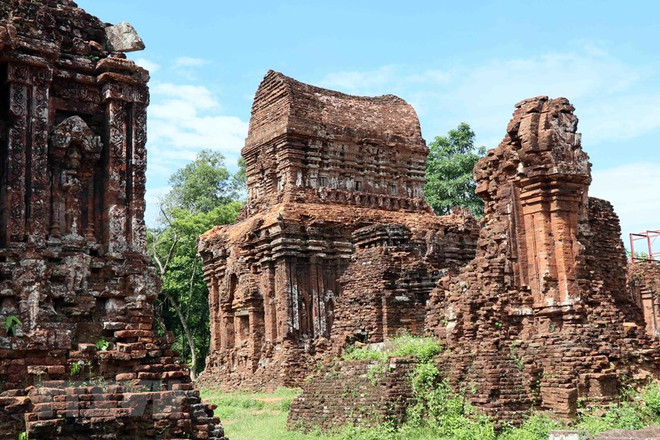 The quiet beauty of ancient Cham towers in the world cultural heritage site of My Son. (Photo: Do Truong/VNA)
The quiet beauty of ancient Cham towers in the world cultural heritage site of My Son. (Photo: Do Truong/VNA) My Son relic site in Duy Phu commune, Duy Xuyen district,
Quang Nam province is the most famous architectural complex of the Cham people in our country. My Son relic site was built from the end of the 4th century to the 13th century. On April 29, 1979, the Ministry of Culture and Information issued Decision No. 54VH/QD recognizing My Son as an architectural and artistic relic. In 1898, a Frenchman named MC Paris discovered the My Son temple complex hidden in a narrow valley, among dense forests. Not long after that, scientists from the French School of the Far East came to study the steles and architectural and sculptural works in My Son. They also lifted the veil of secrecy about My Son and showed that this is the most magnificent and typical religious relic site of the Champa people, built continuously for more than 1,000 years. Started in the 4th century by King Bhadravarman (reigning from 349 to 361) and completed in the late 13th century, early 14th century under the reign of King Jaya Simhavarman III (Che Man), My Son is a complex of more than 70 temples and towers with many architectural and sculptural styles representing each historical period of the Champa Kingdom. Most of the architectural works and sculptures at My Son are influenced by Hinduism. The temples and towers mostly face the east - the direction of the rising sun, the abode of the gods; except for a few towers facing the west or both east and west, expressing the thoughts of the kings towards the afterlife after they were deified and to show their nostalgia for their ancestors. Devastated by war, by 1975, My Son had only 32 structures left, of which about 20 still retained their original appearance. Unfortunately, the largest structure is the 24m high A1 tower, with 6 surrounding sub-towers, this tower is considered a masterpiece of Champa architecture, was destroyed by American bombs in late 1969. The main temples in My Son worship a set of Linga or the image of the god Siva - the protector of the Champa kings. The god worshiped in My Son is Bhadravarman, the king who founded the first king line of the Amaravati region in the 4th century, combined with the name of the god Siva, becoming the main belief in worshiping the god-king and royal ancestors. After many years of ups and downs, changes of history, today My Son is still a relic with unique cultural, artistic and architectural values of humanity, it is the crystallization of the wisdom and talent of many generations. The My Son relic site was officially recognized as a World Cultural Heritage by the UNESCO World Heritage Committee on December 1, 1999. The criteria for recognition as a world heritage include outstanding examples of cultural exchange with integration into indigenous culture. External cultural influences, especially Hindu architectural art from the Indian subcontinent, vividly reflect the development process of Champa cultural history in the cultural history of Southeast Asia.
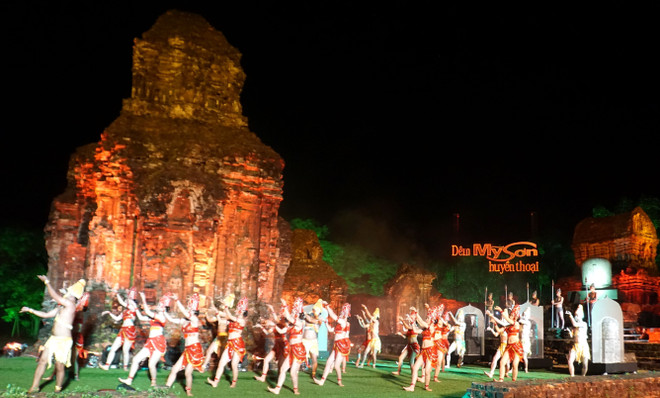 Special performances at the Legendary My Son Night art program. (Photo: Trinh Bang Nhiem/VNA)
Special performances at the Legendary My Son Night art program. (Photo: Trinh Bang Nhiem/VNA) The temples and towers in My Son are typical of Champa religious architecture. With a history of continuous construction and development over 9 centuries (from the 4th to the 13th century), the temples and towers here have many rich architectural styles, but in general, the temples and towers have a soaring posture symbolizing the greatness and purity of Mount Meru (India). Most of the temples and towers and auxiliary structures are built of bricks with sophisticated techniques. The decorative motifs on the stone pillars along with the round statues and sandstone reliefs are carved based on Hindu myths... The harmonious combination with the sophisticated carvings on the brick walls outside the towers has created for the My Son temple complex a beautiful and lively beauty with the most typical features of Champa art styles. As a country influenced by Indian civilization, Shiva is the god worshiped in the Champa kingdom. The temples at My Son were built by the Champa dynasties to worship their own king god. The combination of king and god is expressed through the Linga statue. From the early days, the Cham artists almost learned the art of decoration and practiced it like the Indians (My Son E1). But then gradually, the indigenous character was expressed. Over time, through communication with other civilizations and the selective reception of the Champa artists, the temples at My Son have architectural features according to different periods, expressing the cultural flows they received. As the main temple complex of the kingdom for nine centuries, the temples at My Son also express the ups and downs of the periods, the changes in the history of the dynasties, the transformations in cultural life. Although they are only small and medium sized constructions, the architecture of My Son has distilled the quintessence of artists, the combination of architectural techniques and decorative arts of the ancient Champa people has created a majestic and mysterious look for the temples./. Source: https://www.vietnamplus.vn/kham-pha-di-san-van-hoa-the-gioi-my-son-quan-the-den-dai-champa-co-post780554.vnp
 The quiet beauty of ancient Cham towers in the world cultural heritage site of My Son. (Photo: Do Truong/VNA)
The quiet beauty of ancient Cham towers in the world cultural heritage site of My Son. (Photo: Do Truong/VNA) Special performances at the Legendary My Son Night art program. (Photo: Trinh Bang Nhiem/VNA)
Special performances at the Legendary My Son Night art program. (Photo: Trinh Bang Nhiem/VNA)



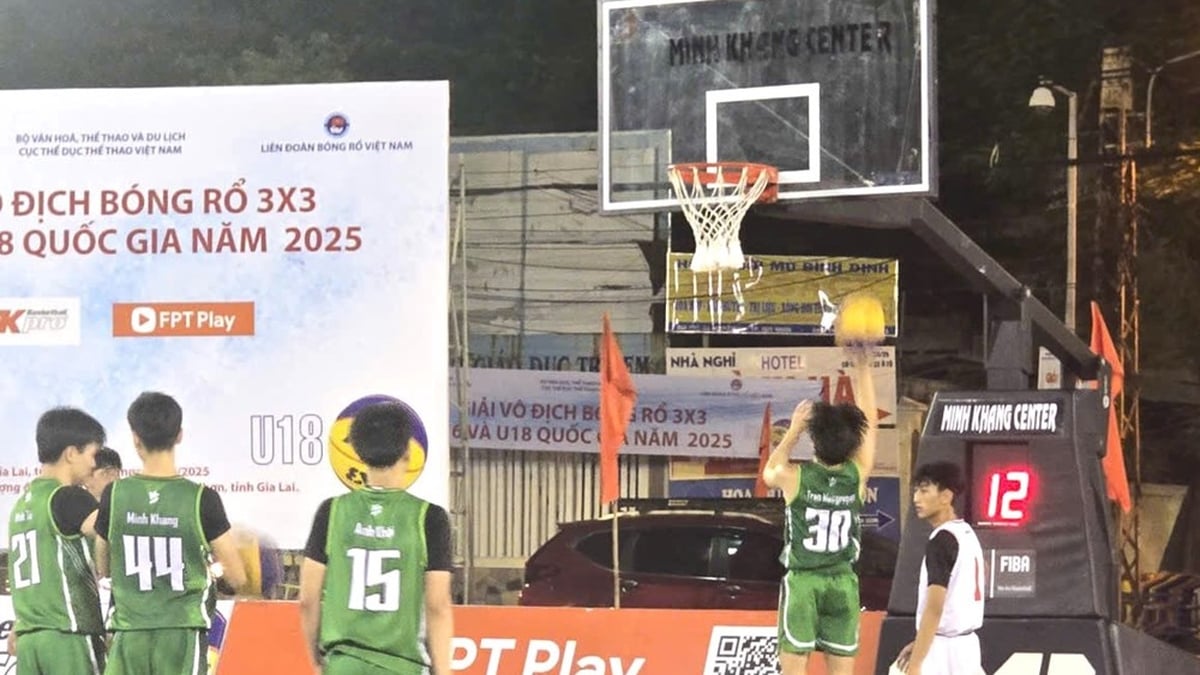

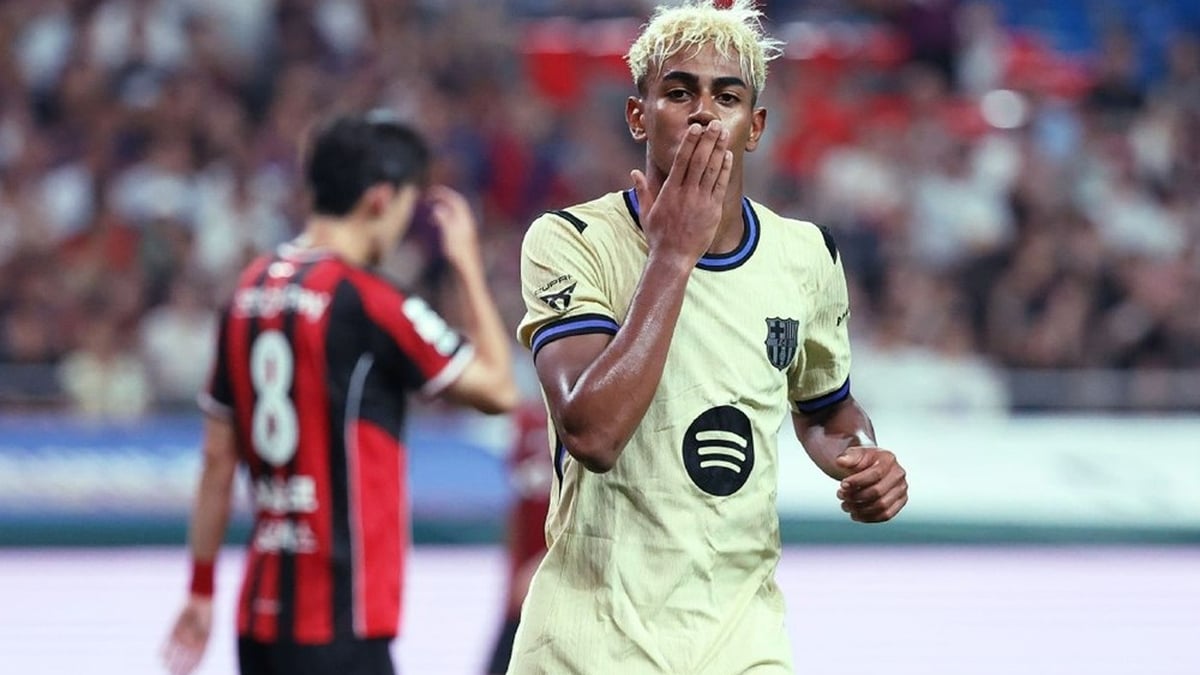


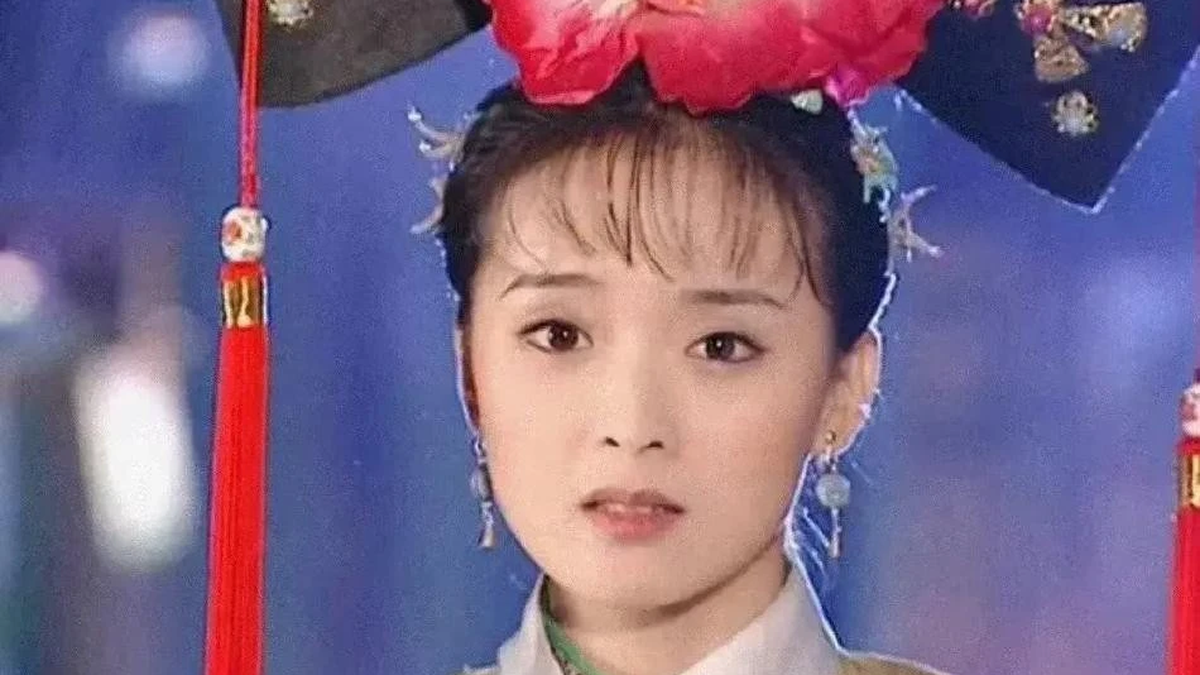
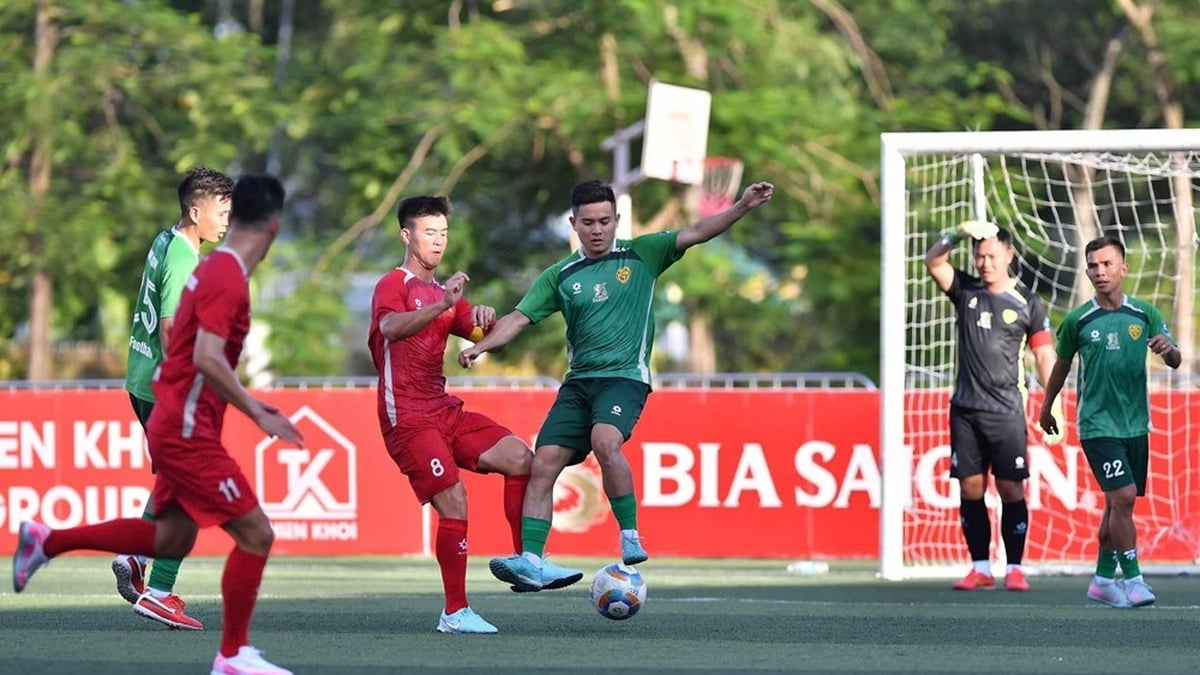
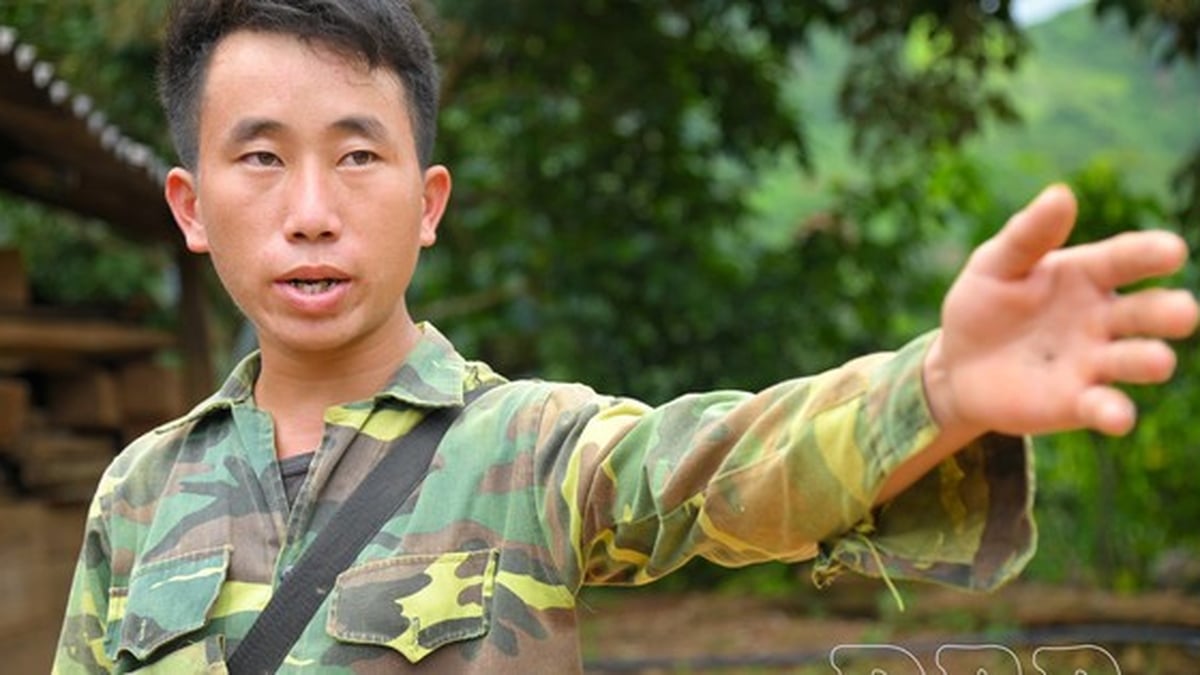











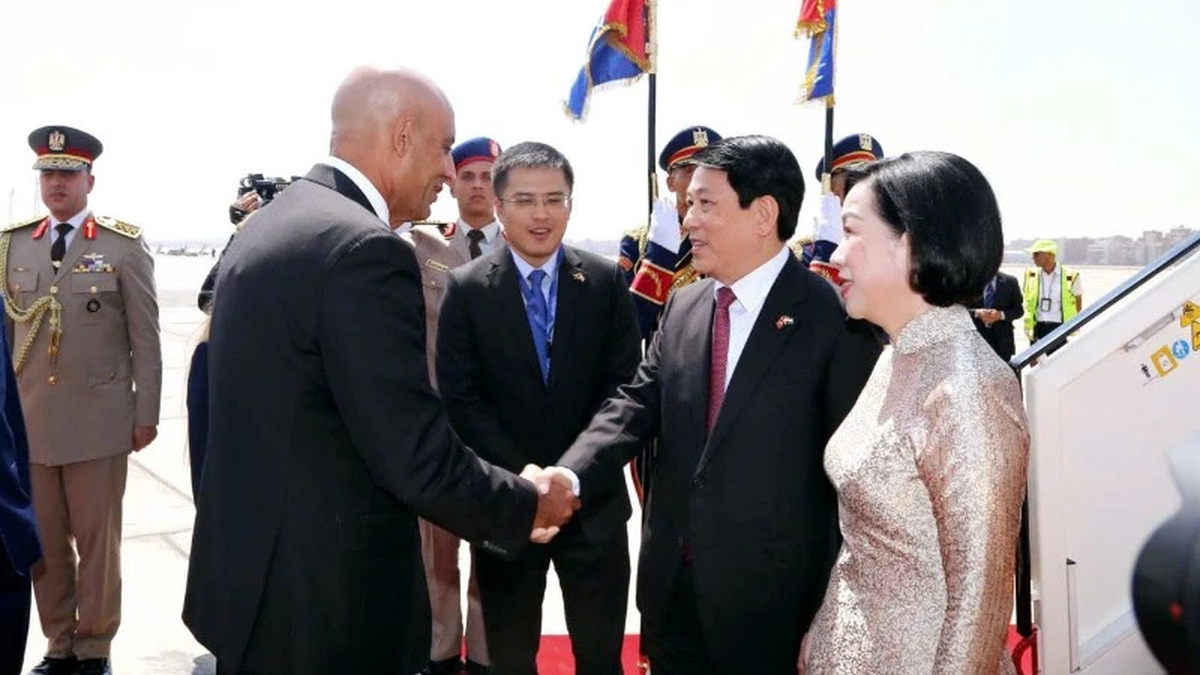
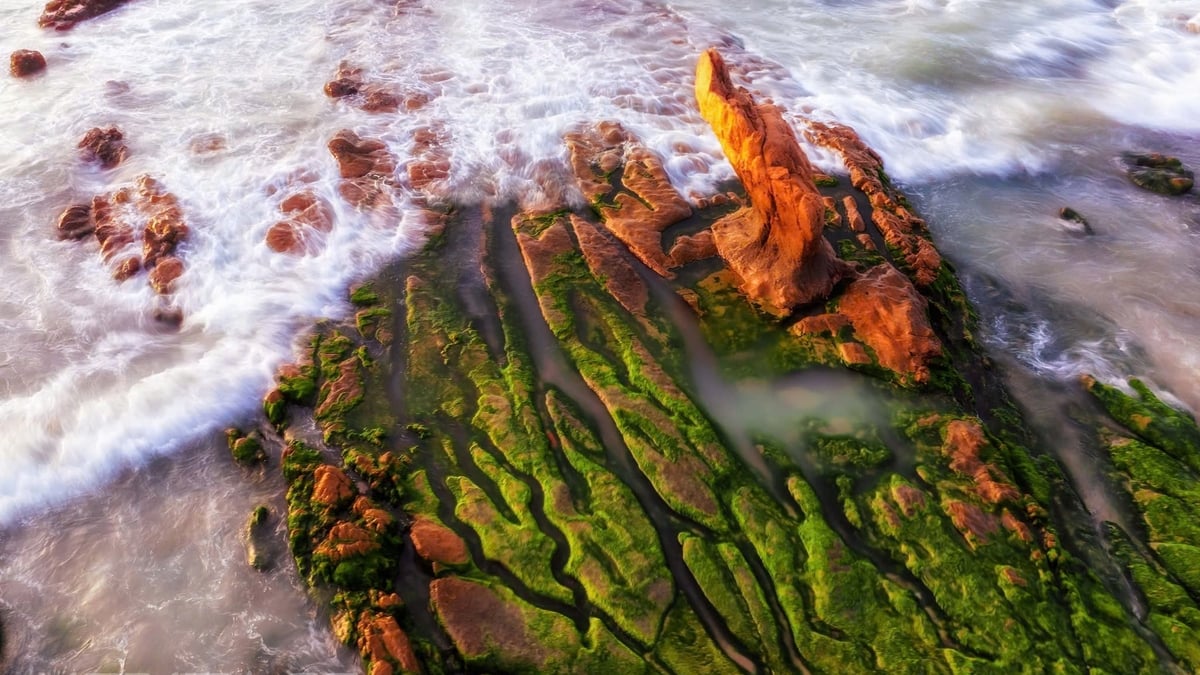

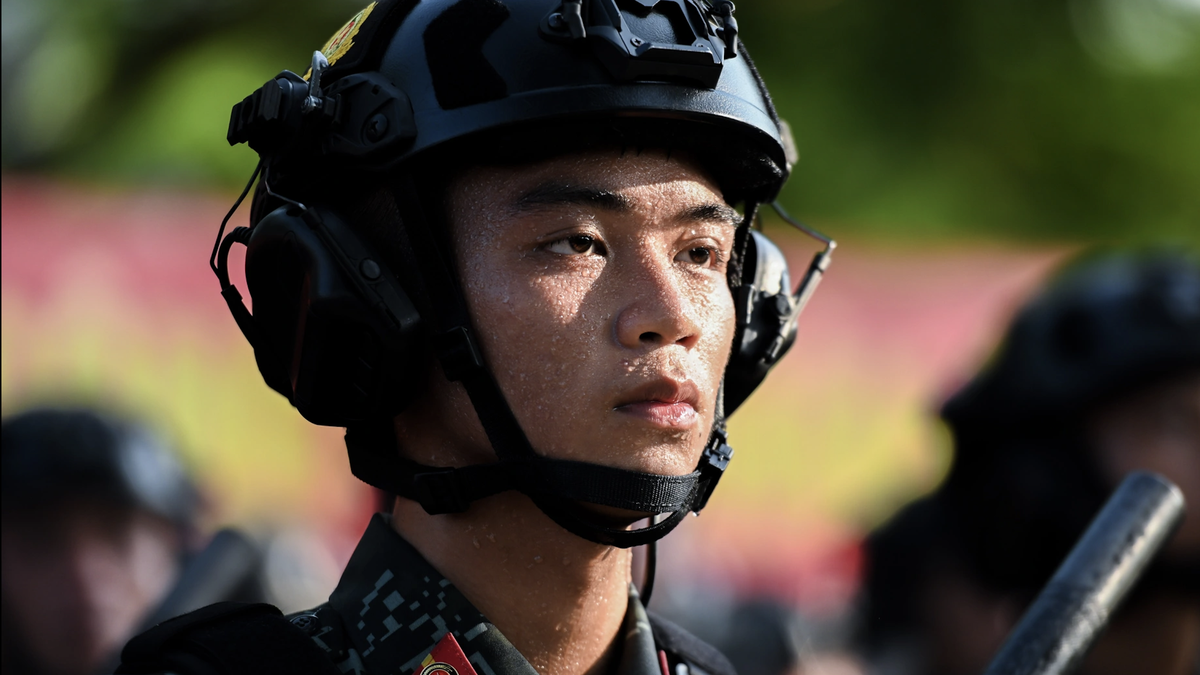

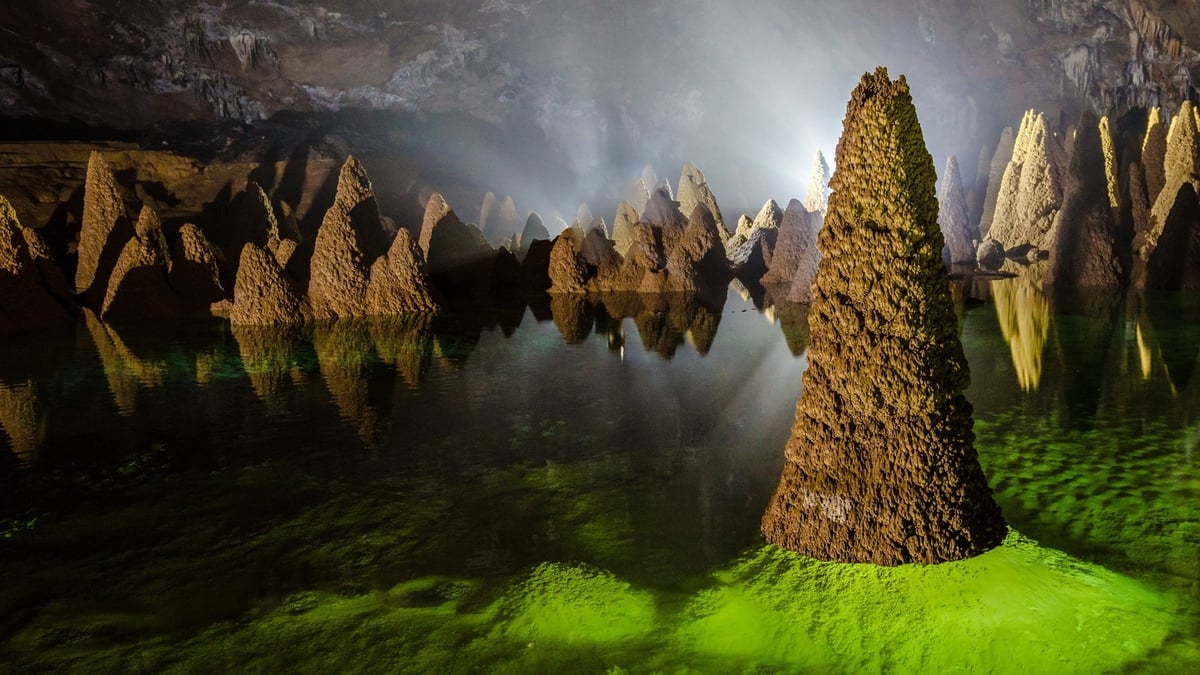





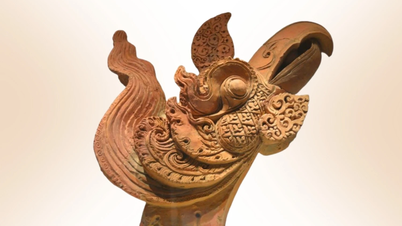

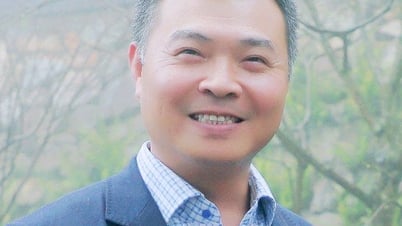

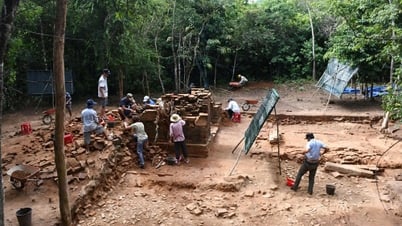
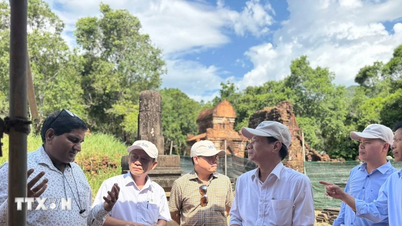



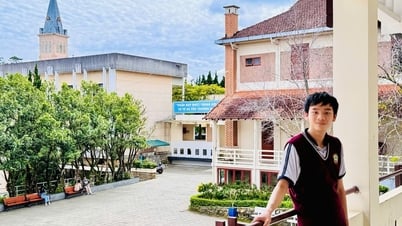

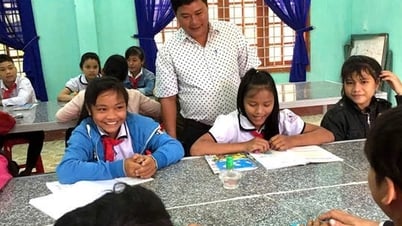

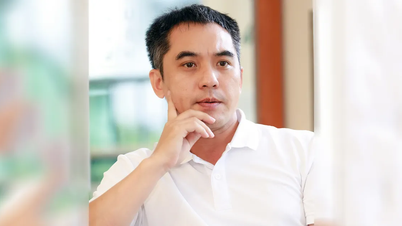

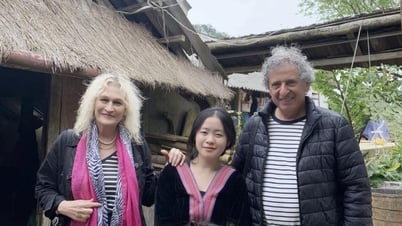


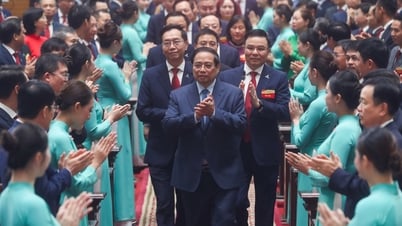








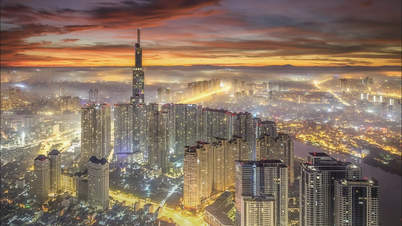

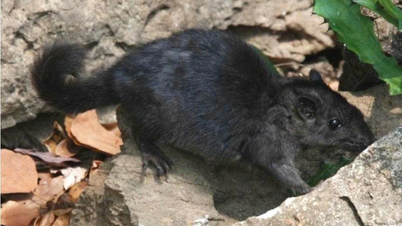
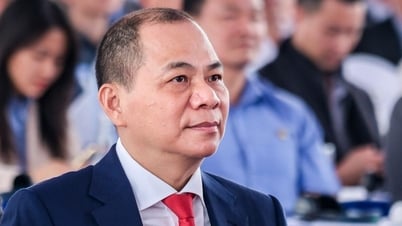
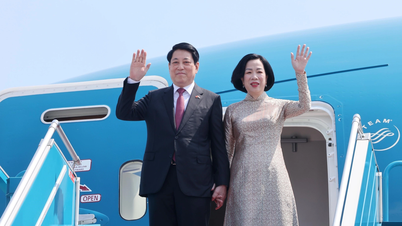
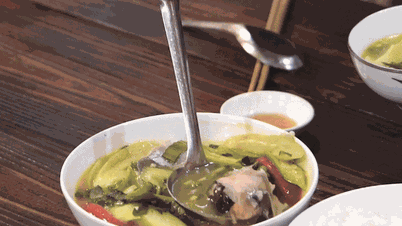


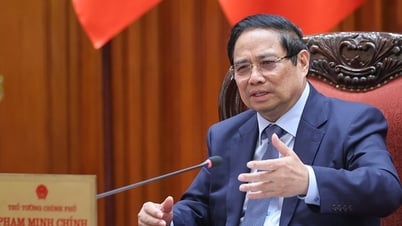

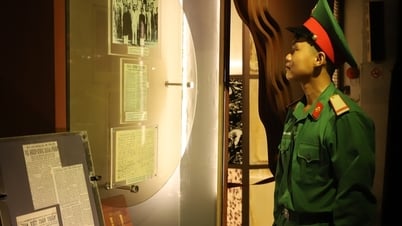
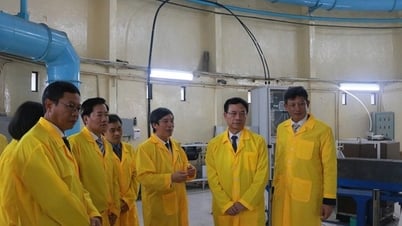

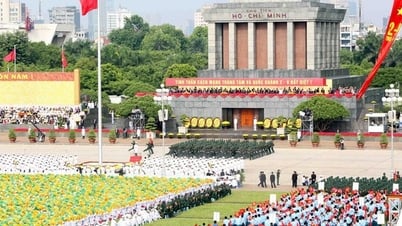























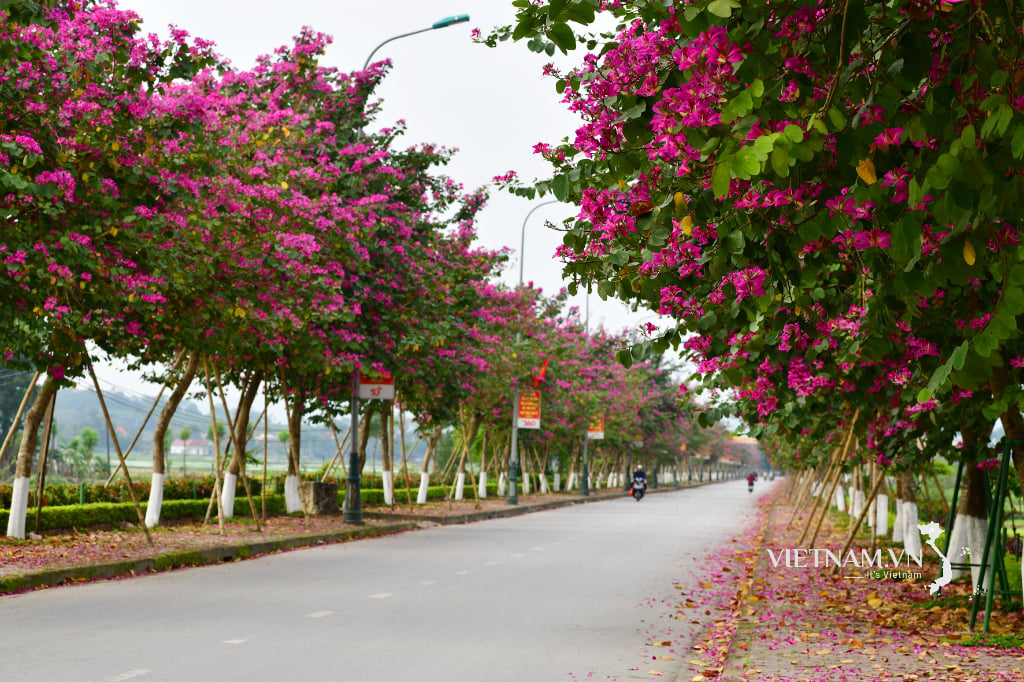
Comment (0)